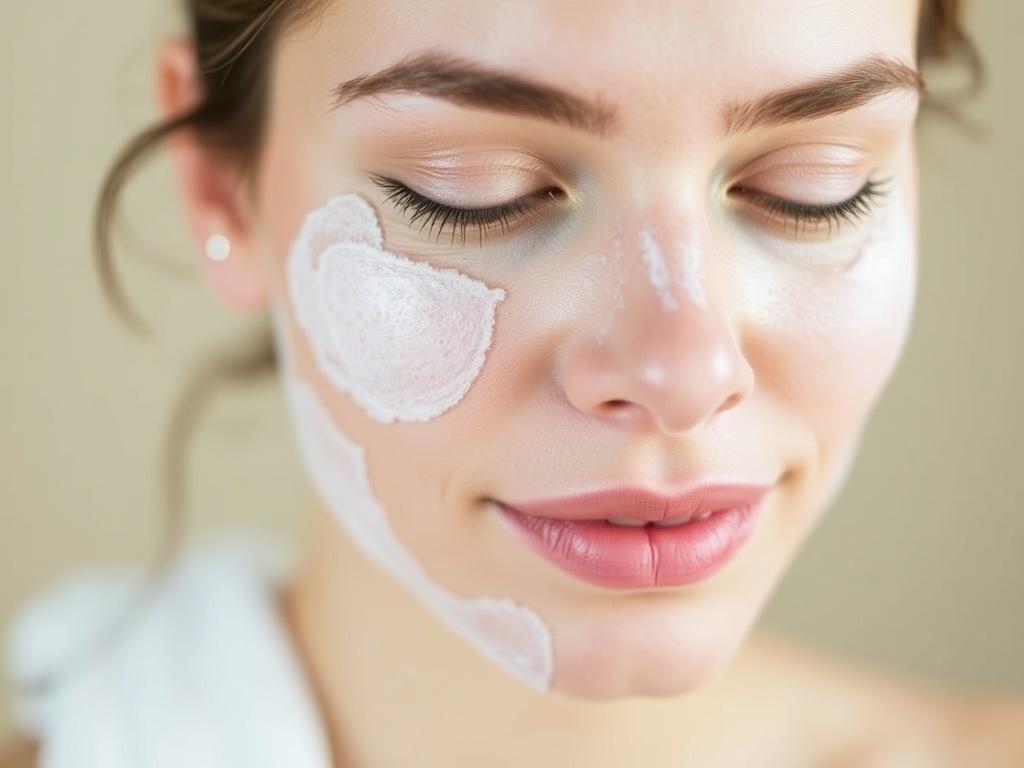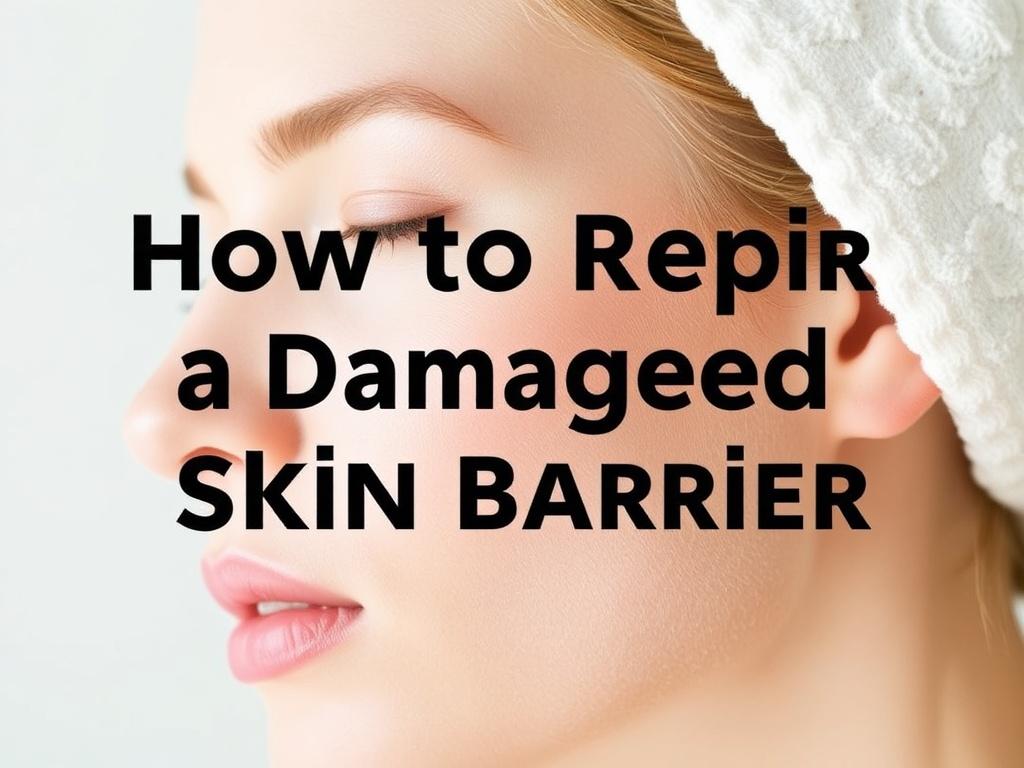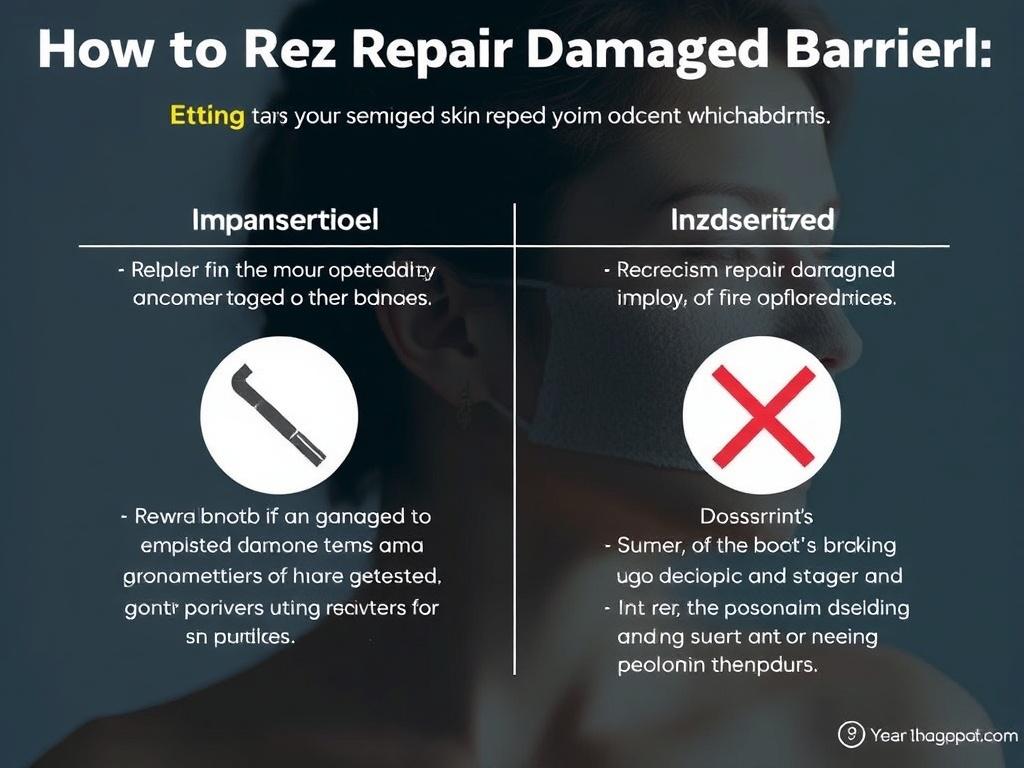Содержание статьи
- 1 Understanding the Skin Barrier and Why It Matters
- 2 Signs Your Skin Barrier Is Damaged
- 3 How to Repair Damaged Skin Barrier: Step-by-Step Approach
- 4 Daily Habits to Support Barrier Repair
- 5 Common Myths About Repairing Damaged Skin Barrier
- 6 Products and Ingredients to Avoid with a Damaged Skin Barrier
- 7 How Long Does It Take to Repair a Damaged Skin Barrier?
- 8 When to See a Dermatologist
- 9 Summary Table: Do’s and Don’ts for Repairing Your Skin Barrier
Our skin barrier is the unsung hero of skincare. It’s that invisible shield that protects us from environmental stressors, locks in moisture, and keeps our skin feeling healthy and radiant. But when this barrier gets damaged, it can lead to dryness, irritation, redness, and sensitivity. If you’ve ever dealt with flaking, persistent redness, or a tight feeling on your face, you might be experiencing a compromised skin barrier. The good news is that with some care and the right approach, you can repair a damaged skin barrier and restore your skin’s natural glow.
In this article, we’ll break down everything you need to know about the skin barrier, the causes of its damage, signs to watch out for, and most importantly, how to repair damaged skin barrier effectively. We’ll also share practical daily habits, skincare ingredients, and lifestyle tips that will make a huge difference. Let’s dive into this complete guide to better skin health.
Understanding the Skin Barrier and Why It Matters
Before jumping into the how-to part, let’s first understand what the skin barrier actually is. You might have heard it called the “moisture barrier,” “acid mantle,” or just “skin barrier.” It’s the outermost layer of your skin, composed mainly of lipids (fats) and skin cells, which together create a protective wall that keeps harmful irritants and bacteria out and retains hydration inside.
This barrier is vital because it:
- Prevents water loss, keeping skin hydrated and plump.
- Protects against environmental pollutants, allergens, and microbes.
- Maintains the skin’s pH balance, which helps regulate enzymes and skin functions.
A healthy skin barrier helps you maintain smooth, soft, and resilient skin. But when it becomes damaged, your skin can become reactive and prone to redness, tightness, itchiness, and even breakouts.
What Causes a Damaged Skin Barrier?
Many factors can lead to a compromised skin barrier. Recognizing these will help you avoid or reduce further damage:
- Over-exfoliation: Using harsh scrubs or frequent chemical exfoliants can strip away the natural lipids your skin needs.
- Harsh skincare ingredients: Ingredients like high concentrations of alcohol, fragrance, or strong detergents can irritate and dry out the skin.
- Environmental stressors: Excessive sun exposure, pollution, and extreme weather (cold, wind, or dry heat) can weaken the skin barrier.
- Using hot water: Hot showers or washing your face with very hot water can strip away natural oils.
- Certain health conditions: Eczema, rosacea, and sensitive skin types are more vulnerable to barrier damage.
- Age: As we age, our skin naturally loses some of its ability to repair itself and retain moisture.
Signs Your Skin Barrier Is Damaged

Knowing how to identify a damaged skin barrier is crucial. Here are common warning signs to look out for:
| Sign | Description | How it Feels |
|---|---|---|
| Dryness and Flakiness | Skin looks cracked or flaky, especially around cheeks, nose, or forehead | Tight and rough texture |
| Redness and Irritation | Skin appears inflamed or blotchy after applying products or exposure to the sun | Itchy, burning, or stinging sensation |
| Increased Sensitivity | Products that normally didn’t cause issues now cause discomfort or reactions | Prickling, warmth, or mild swelling |
| Breakouts and Bumps | More frequent acne or small skin bumps due to imbalance in skin flora | Tenderness or clogged pores |
| Dull or Uneven Skin Tone | Skin looks lackluster or rough instead of smooth and radiant | Dry or patchy areas that reflect light unevenly |
Why Repairing the Skin Barrier Is Essential
Leaving the skin barrier damaged can not only cause immediate discomfort but also lead to long-term skin problems like premature aging, pigmentation, and chronic sensitivity. Repairing the skin barrier restores its natural function, reduces inflammation, enhances moisture retention, and helps skin recover its resilience. Ultimately, you’ll see fewer breakouts, less redness, and a healthier glow.
How to Repair Damaged Skin Barrier: Step-by-Step Approach
Rebuilding your skin barrier is really about gentle care, smart product choices, and healthy habits. Below is a detailed step-by-step approach to guide your repair routine:
Step 1: Simplify Your Skincare Routine
Less is more when it comes to repairing a damaged skin barrier. Avoid complicated multi-step routines with many active ingredients that can overwhelm sensitive skin. Stick to the basics:
- Gentle cleanser: Use a hydrating, sulfate-free cleanser that won’t strip natural oils.
- Moisturizer: Pick a rich but non-comedogenic moisturizer designed to repair and protect.
- Sunscreen: Choose a mineral-based sunscreen that is less irritating for sensitive skin.
Temporary avoidance of exfoliants, retinoids, and acids will help your skin recover faster.
Step 2: Choose Skincare Ingredients That Help Repair the Skin Barrier
Some ingredients are particularly effective at restoring and strengthening the skin barrier. Here’s a list to look for in your products:
| Ingredient | What It Does | Examples in Products |
|---|---|---|
| Ceramides | Replenish natural lipids essential to barrier function | Cerave moisturizing cream, Dr. Jart+ Ceramidin |
| Hyaluronic Acid | Holds moisture in skin, plumping and hydrating cells | The Ordinary Hyaluronic Acid, Neutrogena Hydro Boost |
| Niacinamide (Vitamin B3) | Reduces inflammation, boosts barrier repair, equalizes skin tone | Paula’s Choice 10% Niacinamide, The Inkey List Niacinamide |
| Glycerin | Humectant that draws water into the skin | Vaseline Intensive Care, Eucerin products |
| Fatty Acids and Cholesterol | Support natural lipid matrix of skin | Oils like squalane, sunflower seed oil, evening primrose oil |
Step 3: Use Mild Cleansers and Avoid Overwashing
One common mistake is washing your face too often or with products that dry out your skin. When your skin barrier is damaged, limit washing to twice a day with a gentle cleanser. Avoid cleansers with sulfates, fragrances, or antibacterial agents, as these can strip oils and disrupt barrier repair.
Also, wash with lukewarm water—hot water can worsen dryness and irritation.
Step 4: Moisturize Religiously
Moisturizing is the single most important step to repairing a damaged skin barrier. It helps lock in hydration, restore lipids, and calm skin. Ideally, apply moisturizer immediately after cleansing while your skin is still slightly damp to seal in moisture.
Look for products containing ceramides, hyaluronic acid, niacinamide, and glycerin for best results. If your skin is very dry, layering a hydrating serum under your moisturizer can boost hydration.
Step 5: Protect Your Skin From Further Damage
Preventing further harm while your skin barrier heals is key. Daily sunscreen application is essential, even if you’re indoors or during cloudy weather. UV rays can penetrate windows and cause more irritation.
Choose mineral sunscreens with zinc oxide or titanium dioxide, which are gentler and less likely to irritate sensitive skin. Avoid chemical sunscreens with oxybenzone or avobenzone in the meantime. Wearing protective clothing and limiting sun exposure during peak hours will also help.
Step 6: Incorporate Barrier-Repair Boosters
Once your skin starts to look and feel better, gently introducing barrier-strengthening treatments can speed recovery. Ingredients such as panthenol (pro-vitamin B5), madecassoside (derived from centella asiatica), and squalane help calm irritation and rebuild the skin structure.
These can also help reduce redness and sensitivity, making your skin more resilient over time.
Daily Habits to Support Barrier Repair
Beyond products, simple adjustments in your daily routine can support your skin barrier repair journey:
- Avoid harsh exfoliation: Skip scrubs, harsh acids, and physical exfoliants until your skin recovers.
- Limit hot showers: Use lukewarm water to preserve natural oils.
- Stay hydrated: Drinking plenty of water helps your skin from within.
- Use a humidifier: Especially in dry climates or winter months, a humidifier adds moisture to the air, preventing skin from drying out.
- Manage stress: Stress can exacerbate skin conditions, so incorporate relaxation techniques like meditation and exercise.
- Get enough sleep: Sleep is when skin goes into repair mode, so prioritize rest.
Common Myths About Repairing Damaged Skin Barrier

Myth 1: You Should Exfoliate to Repair Your Skin Barrier
While exfoliation is great for removing dead skin cells and improving texture, when your skin barrier is damaged, exfoliating can worsen the problem. Hold off on any acids or scrubs until your skin is fully healed.
Myth 2: Natural Oils Always Help
Not all natural oils are created equal. Some oils like jojoba and squalane closely mimic your skin’s natural sebum and can support repair, but others like coconut oil may clog pores or exacerbate inflammation depending on your skin type.
Myth 3: You Need to Use Many Products to Fix Your Skin
Overloading your skin with multiple complex active ingredients can cause irritation. Focus on a simple routine with moisturizing and barrier-repairing ingredients first.
Products and Ingredients to Avoid with a Damaged Skin Barrier
To prevent further damage, steer clear of these common skincare irritants:
- Sulfates (SLS, SLES) – harsh detergents in many cleansers
- Alcohol (especially denatured alcohol) – drying and irritating
- Fragrance and essential oils – potential allergens and irritants
- Strong acids (high % AHAs/BHAs) – can be too aggressive
- Retinoids – aggressive exfoliants that can cause irritation if skin is compromised
How Long Does It Take to Repair a Damaged Skin Barrier?
Repairing your skin barrier isn’t an overnight fix — it usually takes time. Depending on the severity of the damage and your skin type, you may start seeing improvements within a week or two, but full repair can take several weeks to a few months. Patience is key, along with consistent gentle care.
Tips for Tracking Your Progress:
- Take photos of your skin weekly to monitor changes.
- Note how your skin feels after cleansing, moisturizing, and sun exposure.
- Reduce or reintroduce products slowly while observing reactions.
When to See a Dermatologist
While most mild to moderate skin barrier damage can be treated with proper home care, certain signs indicate you should consult a dermatologist:
- Severe redness, swelling, or pain
- Persistent flaking or scaling that does not improve
- Suspected infection or oozing
- Chronic skin conditions like eczema or rosacea worsening
- No improvement after consistent barrier-repair routine for several weeks
A dermatologist can provide tailored treatments, prescription therapies, and advice to speed healing and address underlying issues.
Summary Table: Do’s and Don’ts for Repairing Your Skin Barrier

| Do’s | Don’ts |
|---|---|
| Use gentle, hydrating cleansers | Avoid sulfates and drying detergents |
| Moisturize regularly with ceramides and hyaluronic acid | Don’t over-exfoliate or use harsh acids |
| Apply mineral sunscreen daily | Don’t skip sun protection |
| Use lukewarm water for cleansing | Avoid hot water which strips oils |
| Simplify your skincare routine | Don’t overload your skin with too many active ingredients |
| Incorporate barrier-repair ingredients gradually | Avoid fragrance and essential oils if sensitive |
Conclusion
Repairing a damaged skin barrier is a gentle yet consistent process that requires understanding your skin’s needs and avoiding further harm. By simplifying your routine, using nourishing ingredients like ceramides and hyaluronic acid, protecting your skin with sunscreen, and adopting healthy daily habits, you can restore your skin’s natural shield and enjoy healthier, softer, and more resilient skin. Remember, patience is essential – your skin needs time to heal and rebuild. Avoid the temptation to rush with harsh treatments or unnecessary products. Instead, treat your skin with kindness, and it will reward you by glowing with vitality and strength. If you ever feel overwhelmed or face stubborn issues, don’t hesitate to seek professional advice from a dermatologist. With these steps, repairing your skin barrier isn’t just possible—it’s an achievable journey to your best skin yet.

